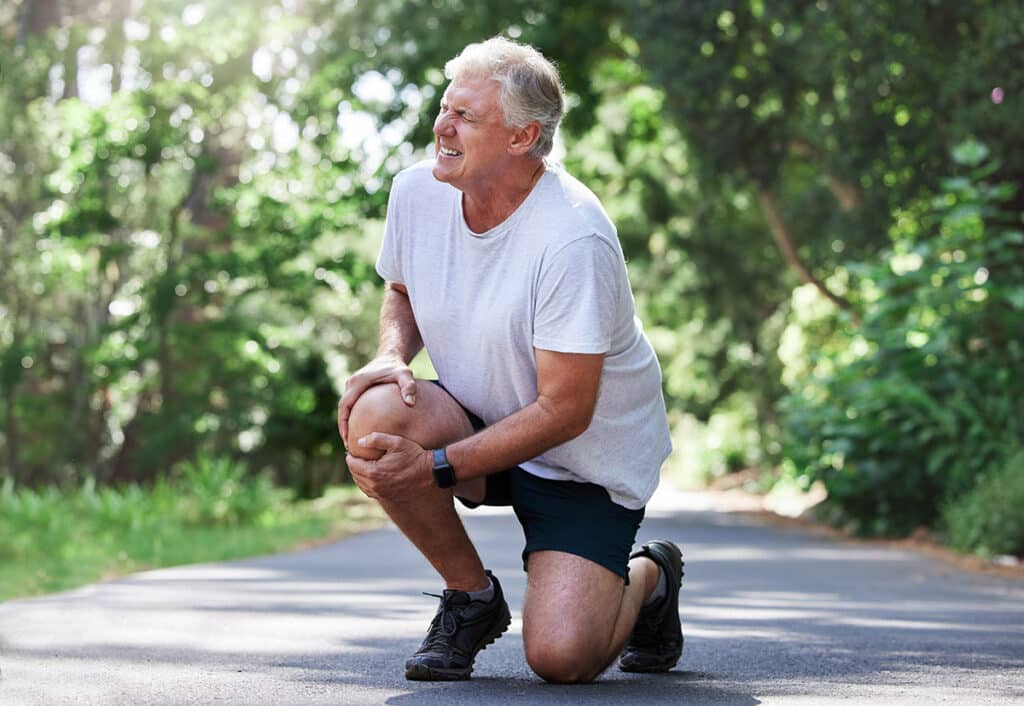
MCL (Medial Collateral Ligament) sprains can be effectively treated through various methods. Here are ten of the best ways to treat MCL sprains:
1. Rest and Protect the Knee: Immediately after the injury, it’s crucial to rest the knee to prevent further damage. Using crutches or a knee brace can provide stability and protect the knee from additional strain.
2. Ice: Applying ice to the affected area can help reduce swelling and pain. Use an ice pack or a bag of frozen vegetables wrapped in a thin cloth, and apply it for 15-20 minutes every 2-3 hours for the first few days after the injury.
3. Compression: Wearing a compression bandage or knee sleeve can provide support to the injured MCL and reduce swelling. Ensure that the compression is snug but not too tight, as it should allow for proper circulation.
4. Elevation: Elevating the leg above heart level can help minimize swelling. Prop up your leg on a pillow or cushion whenever you are resting or lying down.
5. Physiotherapy: Working with a physiotherapist is one of the most effective ways to treat an MCL sprain. They can guide you through exercises and stretches to strengthen the muscles around the knee, improve stability, and promote healing.
6. Chiropractic Care: Chiropractic adjustments may be beneficial in managing MCL sprains. Chiropractors can assess and correct any misalignments in the knee joint and other related structures, helping to restore proper function and reduce pain.
7. Massage: Registered massage therapists (RMT) can help reduce muscle tension, improve circulation, and promote healing. A skilled RMT can focus on the affected area, applying techniques such as effleurage, petrissage, and friction to relieve pain and aid in recovery.
8. Non-Steroidal Anti-Inflammatory Drugs (NSAIDs): Over-the-counter NSAIDs like ibuprofen or naproxen can help reduce pain and inflammation associated with MCL sprains. However, it’s essential to consult a healthcare professional before using any medication.
9. Range of Motion Exercises: Once the initial pain and swelling subside, gentle range of motion exercises can be beneficial. These exercises aim to gradually restore flexibility and mobility to the knee joint.
10. Gradual Return to Activity: As the MCL sprain heals, it’s important to gradually reintroduce activities and sports. Your healthcare provider or physiotherapist can guide you through a progressive rehabilitation program, ensuring a safe return to normal function.
Remember, it’s crucial to consult a healthcare professional, such as a doctor or a physiotherapist, to receive an accurate diagnosis and personalized treatment plan for your MCL sprain. They can assess the severity of the injury and recommend the most appropriate treatment options for your specific case.
MCL sprains can be painful and frustrating, but with proper treatment, most cases can heal fully without complications. The best treatment plan for an MCL sprain depends on the severity of the injury. For mild to moderate sprains, R.I.C.E., bracing, physiotherapy, and medication can help ease pain and inflammation, restore strength and flexibility, and prevent further damage. For severe MCL sprains, intensive surgical procedures may be recommended. Patients who suspect that they have an MCL sprain should consult a medical professional as soon as possible. Ignoring the injury or playing through the pain can cause further damage, prolonged recovery, and even permanent knee damage. Remember, early diagnosis and treatment are crucial for a full and speedy recovery.
If you have any questions or would like to explore further, please book a free, no-charge online appointment with either myself, Sam Heslip, RMT, or another Kitchener RMT at CARESPACE. We are happy to listen and are here to help!

